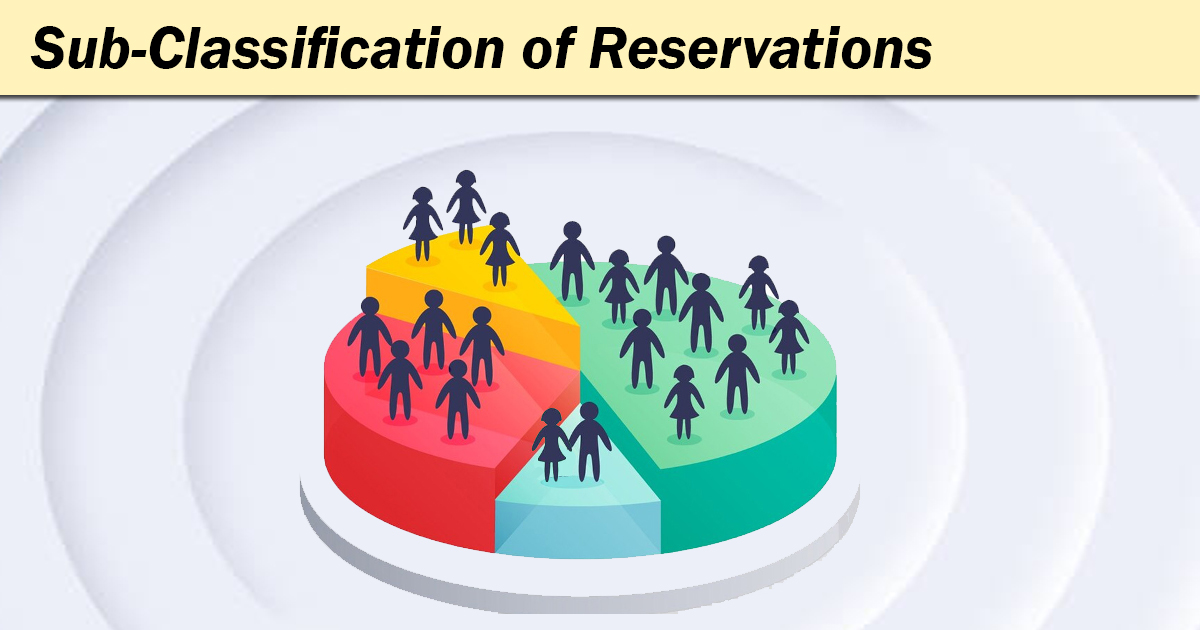
Context: In the Supreme Court case of The State of Punjab and Ors. vs Davinder Singh and Ors., the court upheld the sub-classification of reservations within the Scheduled Castes (SC) category, which is in line with the ideals of social justice and Dr. B.R. Ambedkar’s vision for a fairer society. This decision advances social jurisprudence by applying constitutional mechanisms to aid the most marginalized Dalit groups.
It resonates with Ambedkar’s values of fraternity and Maitri, encouraging solidarity and cooperation within SC communities. However, some argue that the court’s remarks on the varna system and the concept of a “creamy layer” were extraneous.
Ambedkar’s Fight for Social Justice:
Dr. Ambedkar spent his life striving to achieve social and civil justice for the most marginalized, advocating for distinct cultural rights for former untouchables. He called upon the Scheduled Castes to acknowledge their internal divisions while also demanding the abolition of untouchability from others. Movements like the Mahad Satyagraha and the Kalaram temple entry protest, led by Ambedkar, underscored the ritual discrimination faced by Dalits.
Reality of Graded Discrimination:
Ambedkar’s insights on caste complexities are reinforced by Shahu Patole’s observations of hierarchical inequality within the SC community, where even Dalit groups like the Mang and Mahar face discrimination. This illustrates the need for a more nuanced approach to social justice, which the sub-classification ruling addresses by recognizing the varied experiences of deprivation among SC groups.
Struggles, Criticism, and Support:
The push for sub-classification stems from years of grassroots activism by marginalized communities like the Madigas in South India and the Valmikis in the North. The Supreme Court’s decision reflects these struggles and seeks to meet the needs of the most deprived SC groups. Historical successes, such as sub-classification efforts in Punjab and Haryana before the 2004 Chinnaiah ruling, demonstrate the efficacy of such measures.
However, some prominent segments within the Dalit community express concern that sub-classification could splinter the collective Dalit movement and weaken its political strength. In South India, however, the debate has mostly settled, with many Dalit organizations endorsing the need for sub-categorization within the SCs. Critics often overlook the reality of intra-caste differences, and sub-classification can serve as a tool to address these disparities while fostering a more inclusive Ambedkarite movement. It also aligns with the principle of equitable representation, as leaders like Kanshi Ram advocated representation based on demographic strength.




